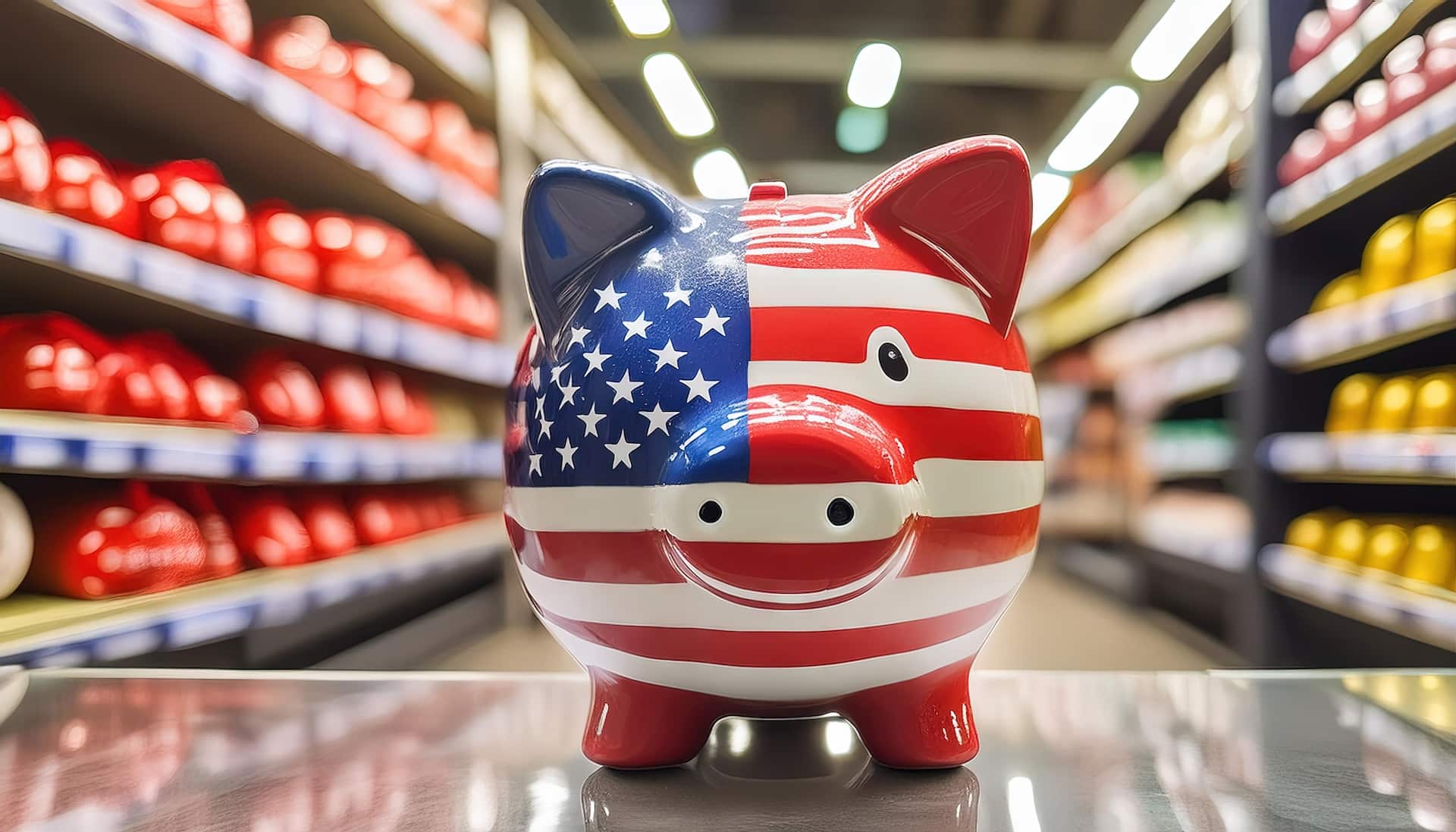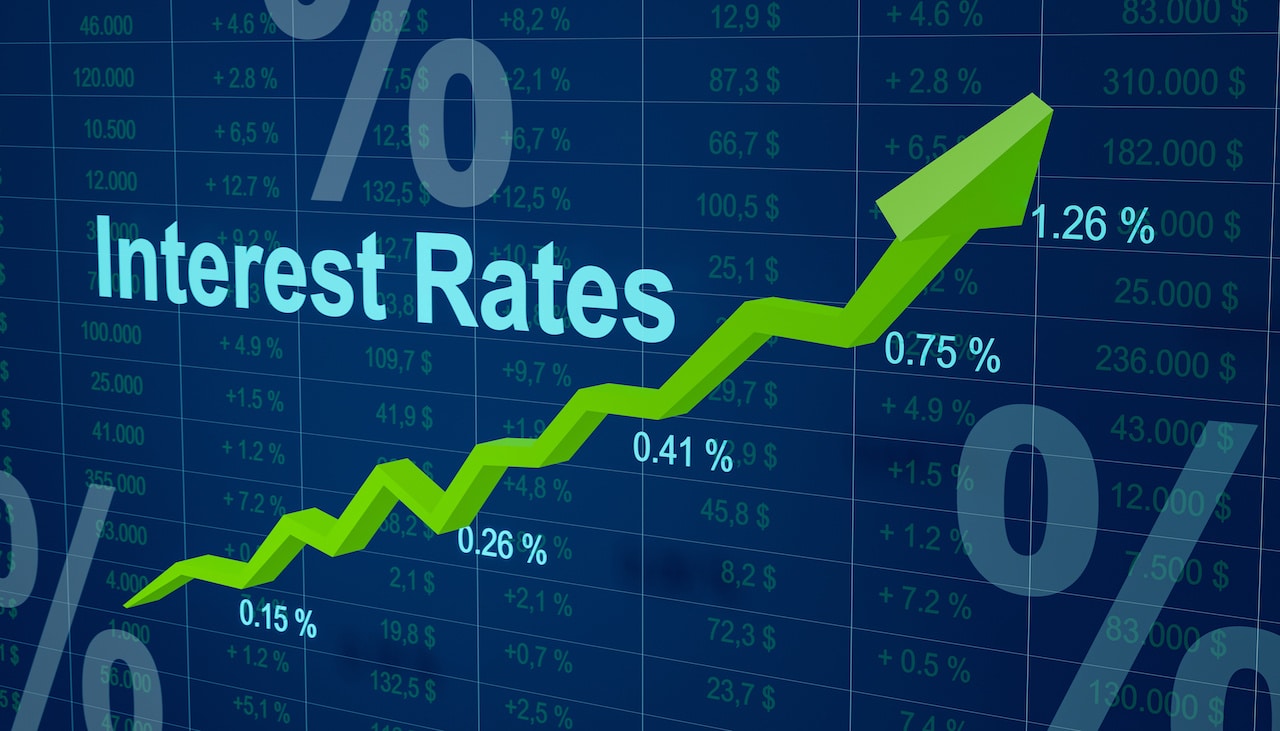Credit Sesame discusses the history and development of consumer banking in the United States.
Consumer banking in the United States has evolved significantly, shaped by key historical developments, technological innovations, and shifting consumer behaviors.
A brief history of consumer banking
The roots of consumer banking in the U.S. can be traced back to the late 18th century, after the American Revolution, when the nation’s first central bank, the First Bank of the United States, was established in 1791 to support the new nation’s economy. Before this, during the colonial period (1607–1776), financial practices were informal, relying on bartering, commodity money, and local credit systems. The modern concept of consumer banking, with accessible products like savings accounts, loans, and checking accounts, emerged in the late 19th and early 20th centuries.
A significant turning point came with the establishment of the Federal Reserve in 1913. This created a central banking system designed to regulate banks and stabilize the financial system. The Great Depression further influenced banking by introducing federal deposit insurance to protect consumer deposits. After World War II, the U.S. economy boomed, and consumer banking services expanded rapidly, helping Americans access home loans and credit to fuel their pursuit of the American Dream.
The introduction of credit cards in the 1950s revolutionized consumer spending, allowing individuals to borrow money for immediate purchases and repay it over time. The deregulation of the banking sector in the 1980s and 1990s facilitated further innovation, leading to today’s digital-first landscape, where online banking and fintech solutions dominate.
Key consumer banking services
Consumer banking offers a wide range of services catering to the diverse financial needs of individuals.
- Checking and savings accounts. Checking accounts provide easy access to funds for daily transactions, such as bill payments and withdrawals. In contrast, savings accounts allow consumers to set aside money for future needs and earn interest. These are the foundational products of any consumer banking relationship.
- Certificates of deposit (CDs). CDs offer a low-risk investment for consumers who want to earn a higher interest rate than what is offered in a savings account. However, they require a fixed deposit period, during which withdrawing funds typically incurs a penalty.
- Credit cards. Credit cards are an essential tool in consumer banking, offering short-term loans that consumers can use to make purchases. While they provide convenience, credit cards must be managed responsibly to avoid high-interest debt.
- Loans and mortgages. Consumer loans and mortgages are among the most important services offered by banks. Loans help individuals finance everything from cars to home renovations, while mortgages are crucial for those looking to buy a home.
- Investment products. Many banks offer a variety of investment products, including mutual funds, exchange-traded funds (ETFs), and retirement accounts like IRAs. These products allow consumers to grow wealth and save for long-term goals like retirement.
- Insurance products. Some banks provide access to insurance products like life, auto, and homeowners insurance. These products offer consumers a way to protect themselves and their assets from unforeseen events.
Current trends in consumer banking
The banking industry has undergone profound changes in recent years due to the rapid adoption of technology and changing consumer expectations.
- Digital banking. With the rise of smartphones and internet access, consumers increasingly opt for online and mobile banking services. This shift allows for instant transactions, mobile check deposits, and 24/7 access to accounts. Many traditional banks now offer robust digital platforms, while digital-only “neobanks” provide simplified, low-fee or fee-free banking experiences without physical branches.
- Fintech integration. Financial technology (fintech) companies are revolutionizing consumer finance. They offer peer-to-peer payments, digital wallets, simplified investing, and credit management tools. This pushes traditional banks to innovate and integrate fintech solutions into their own platforms.
- Open banking. Open banking is an emerging trend that allows consumers to share their financial data with third-party providers through secure APIs. This creates more competition, fosters innovation, and leads to personalized banking services. It also enables consumers to use multiple financial products seamlessly across different platforms.
- Personalized banking. Data analytics and artificial intelligence (AI) are transforming the way banks offer services. Banks can use advanced data tools to create customized offers and recommendations tailored to individual spending habits, financial goals, and behaviors. This shift towards personalization helps consumers make better financial decisions and strengthens their relationship with their banks.
- Environmental, social, and governance (ESG) focus. Increasingly, consumers are considering the social and environmental impact of their banking choices. Many banks now offer ESG investment options or align themselves with sustainable practices to attract eco-conscious consumers.
Challenges facing the consumer banking sector
Despite technological advancements, the consumer banking sector faces several pressing challenges:
- Cybersecurity and data protection. As more consumers move online, cybersecurity threats loom larger. Banks are frequent targets for cybercriminals, and breaches can compromise sensitive personal information, eroding consumer trust. To combat this, banks must invest heavily in security infrastructure, including encryption, two-factor authentication, and real-time fraud monitoring.
- Financial inclusion. Although consumer banking has become more accessible, millions of Americans remain unbanked or underbanked. Factors such as lack of trust in financial institutions, high fees, and insufficient identification can prevent people from accessing banking services. Bridging this gap is a priority for banks aiming to serve all demographics.
- Regulatory compliance. Banks must navigate an increasingly complex regulatory landscape. In addition to complying with long-standing rules, like the Truth in Lending Act (TILA) and Fair Credit Reporting Act (FCRA), banks must also stay current with data privacy laws and anti-money laundering (AML) regulations. Balancing compliance with the need for innovation is a delicate act.
- Economic uncertainty. Interest rate fluctuations, inflation, and economic recessions significantly impact the consumer banking sector. As the economy faces global uncertainties, including those related to the COVID-19 pandemic and geopolitical instability, banks must remain agile and prepared for the financial challenges of these changes.
The future of consumer banking
The future of consumer banking in the U.S. will likely be shaped by continued technological innovation, increased personalization, and a growing emphasis on financial wellness. Banks must adopt cutting-edge technologies like blockchain, AI, and machine learning to offer more secure and efficient services. At the same time, consumers will expect seamless, personalized experiences that cater to their individual financial needs.
In this evolving landscape, banks must prioritize responsible lending practices and financial literacy, ensuring customers have the tools and knowledge to manage their finances effectively. Additionally, as sustainability becomes more important for consumers, banks that integrate ESG principles into their operations and offerings will stand out.
Consumer banking in the United States has come a long way, adapting to technological advancements and shifting consumer preferences. From traditional savings accounts to cutting-edge digital banking platforms, the industry continues to evolve in response to new challenges and opportunities. As we look toward the future, banks must embrace innovation, prioritize cybersecurity, and address financial inclusion to remain relevant in an increasingly digital world.
If you enjoyed Consumer banking in the United States: An overview you may like,
- Access to banking services reaches new high
- Who is unbanked in the USA?
- Get your free daily credit score
Disclaimer: The article and information provided here are for informational purposes only and are not intended as a substitute for professional advice.





















